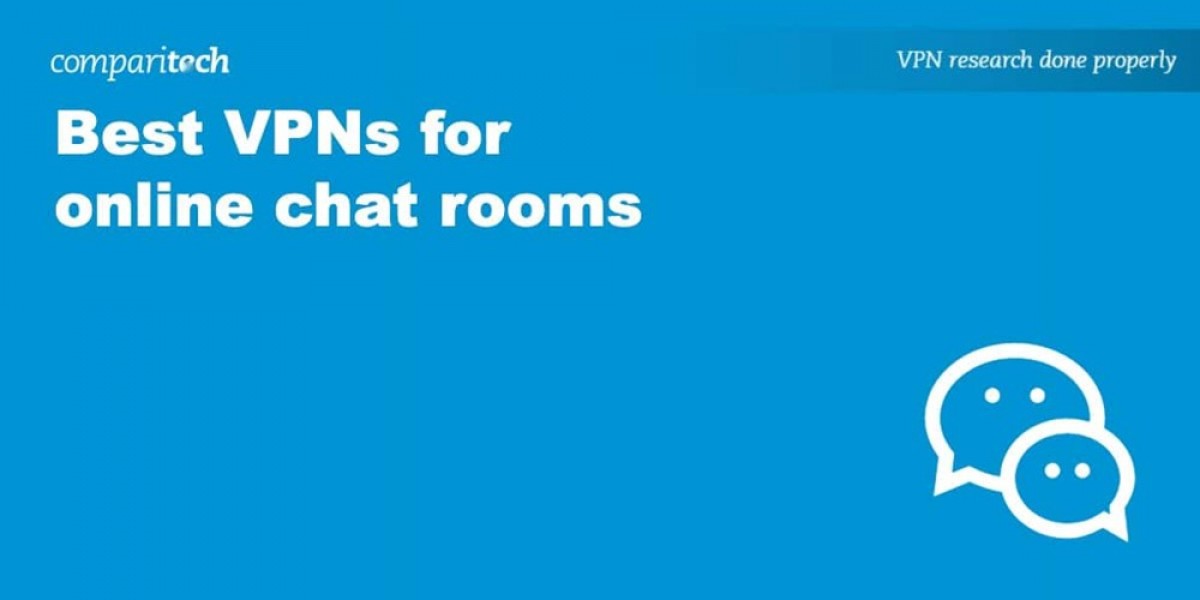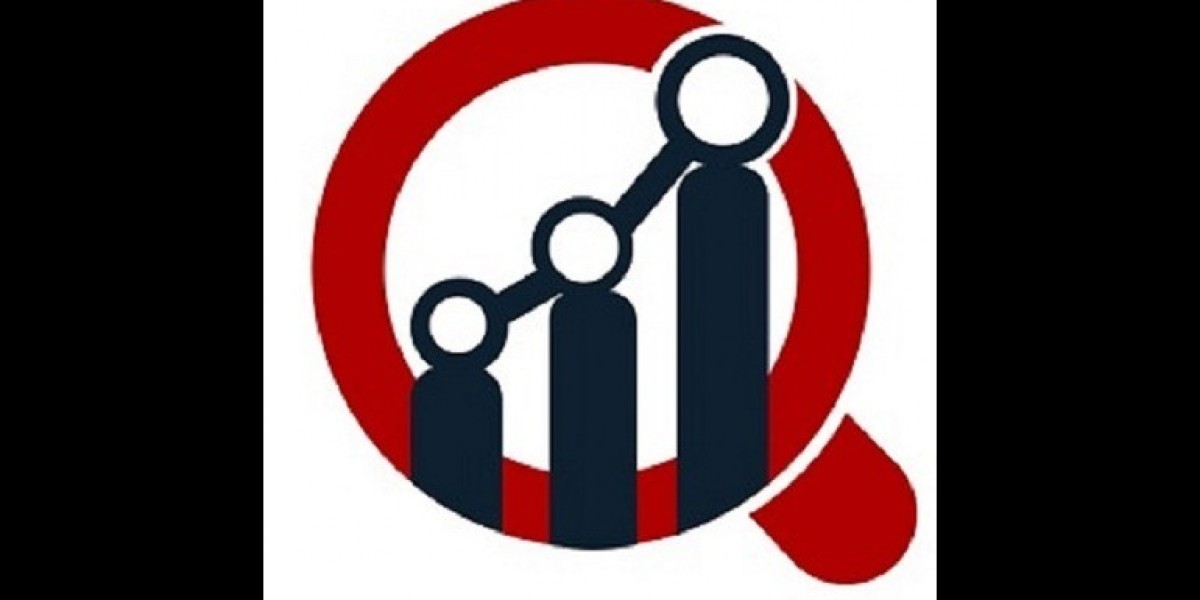In today’s hyper-connected world—driven by cloud computing, AI, data centers, and high-definition media—bandwidth and speed are critical. Traditional copper cables, while cost-effective, face limitations in speed, distance, and electromagnetic interference. Enter the Active Optical Cable (AOC)—a plug-and-play fiber optic solution that delivers high-speed data transmission with the flexibility and convenience of copper.
AOCs are transforming the backbone of high-performance computing (HPC), cloud infrastructure, and enterprise networking, offering a future-ready alternative to passive cables.
What is an Active Optical Cable?
An Active Optical Cable (AOC) is a fiber optic cable with built-in electronics at each end that convert electrical signals to optical signals (and vice versa). Unlike passive optical cables, AOCs include transceivers embedded within the cable connectors, eliminating the need for separate, pluggable modules.
? Key Components:
Optical Fiber Cable: Transmits data as light over long distances with minimal signal loss.
Embedded Transceivers: Convert electrical input/output signals to optical signals inside the cable.
Connector Interfaces: Support popular standards such as HDMI, USB, DisplayPort, QSFP, SFP, and InfiniBand.
Benefits of Active Optical Cables
? High-Speed Transmission
AOCs can support data rates from 10 Gbps up to 400 Gbps, ideal for modern data center and AV environments.
? Longer Reach
Supports transmission over tens to hundreds of meters without signal degradation—far beyond the reach of copper cables (typically <10m).
? Immunity to EMI/RFI
Fiber optics are immune to electromagnetic and radio frequency interference, making AOCs reliable in noisy environments.
? Lightweight & Flexible
Thinner and lighter than copper, AOCs are easier to install in tight spaces, racks, and mobile equipment.
? Plug-and-Play Simplicity
No need for external transceivers or optical connectors—AOCs come pre-terminated and factory-tested.
Common Types of AOCs
QSFP+ / QSFP28 AOC – For 40G/100G Ethernet and InfiniBand links
SFP+ AOC – For 10G data center interconnects
HDMI / DisplayPort AOC – For high-definition AV applications
USB 3.0 / 3.1 AOC – For long-reach peripheral and VR/AR connections
PCIe AOC – For linking GPUs and storage in high-performance systems
Applications of Active Optical Cables
? Data Centers & Cloud Infrastructure
High-speed interconnects between servers, switches, and storage
Reduce cooling and congestion with thinner cables
Support for Ethernet, InfiniBand, Fibre Channel
? Consumer Electronics & Gaming
HDMI AOCs enable 4K/8K video transmission over long distances for home theaters and gaming setups.
? High-Performance Computing (HPC)
AOCs reduce latency and improve bandwidth for AI/ML workloads, scientific simulations, and big data analytics.
?️ Industrial Automation
Immune to EMI, AOCs are used in noisy factory environments for robotics, sensors, and vision systems.
? Broadcast & AV Integration
Used in media production, stadiums, and events for transmitting uncompressed video/audio signals.
Market Trends and Outlook
With the exponential growth in data demand, Active Optical Cables are seeing strong adoption across multiple sectors.
? Market Snapshot:
2023 Market Size: ~$3.5–4.2 billion
2032 Forecast: ~$9.5–11 billion
CAGR (2024–2032): ~11–13%
? Growth Drivers:
Proliferation of cloud and edge data centers
Rise in 8K video, VR, and immersive AV
Growth of AI and GPU-centric computing
Replacement of bulky copper in dense environments
? Key Market Players:
Amphenol Corporation
Molex
Finisar (II-VI Inc.)
TE Connectivity
Broadcom Inc.
Samtec
Corning Inc.
Intel Corporation
Fujikura Ltd.
Challenges
? Higher Cost than Copper
Although prices are falling, AOCs are still more expensive than passive cables over short distances.? Fixed Lengths
AOCs are pre-terminated, so custom lengths require specific ordering and can't be field-modified.♻️ Limited Repairability
Unlike discrete optics, damaged AOCs typically cannot be repaired or reused.
The Future of AOCs
As technology demands continue to evolve, the future of Active Optical Cables will include:
Higher speeds (800G, 1.6Tbps)
Photonic integration for even smaller, more power-efficient designs
AI-driven monitoring and diagnostics embedded in cables
Growth in consumer and prosumer electronics for AR/VR and gaming
With shrinking form factors and rising bandwidth needs, AOCs will remain at the forefront of high-performance interconnect technologies.
Conclusion
Active Optical Cables bridge the gap between copper convenience and fiber performance, delivering high-speed, long-distance data transmission in a plug-and-play package. Whether in data centers, entertainment systems, or industrial environments, AOCs are paving the way for the next generation of connectivity—fast, flexible, and future-ready.
Wantstats is a premium platform that provides unparalleled data and statistics across 30000 markets and 100 countries in both B2B and B2C segments. Designed to fit the needs of industry stakeholders, associations, libraries, students and many more looking for statistics.
Read More
| Disk Storage System Market |
| PCIe Connector Market |
| Asset Tracking And Inventory Management Solution Market |
| Autonomous Luxury Vehicle Market |
| Semiconductor Seal Market |








